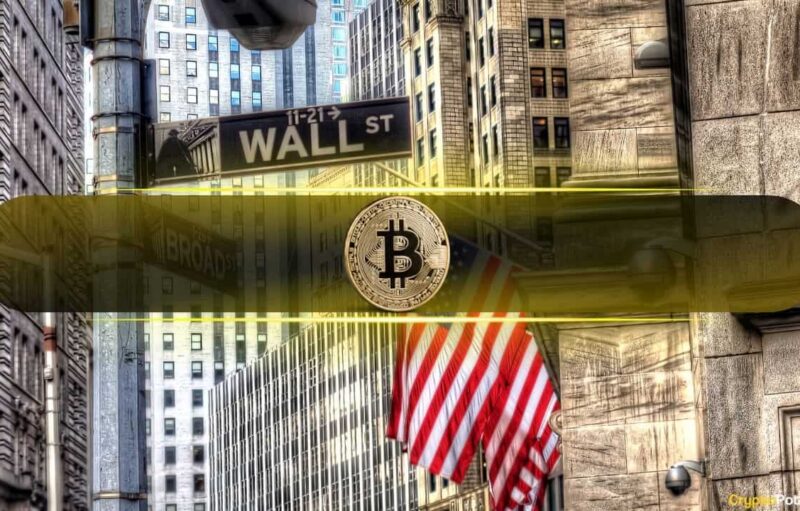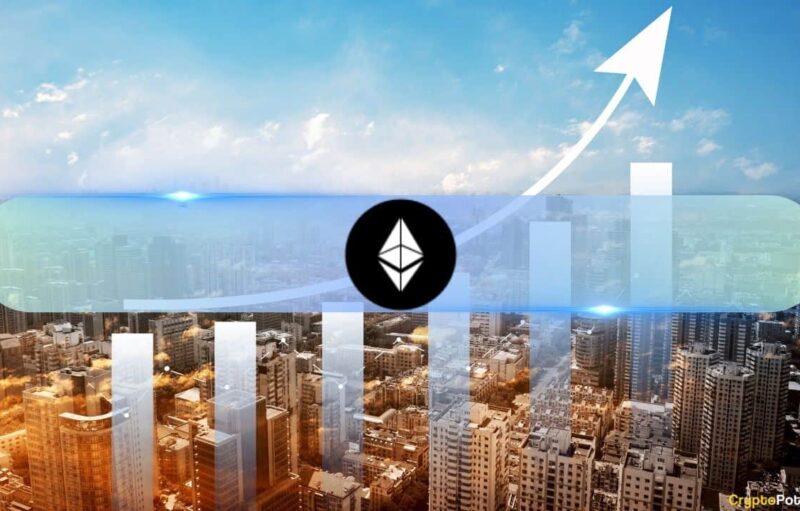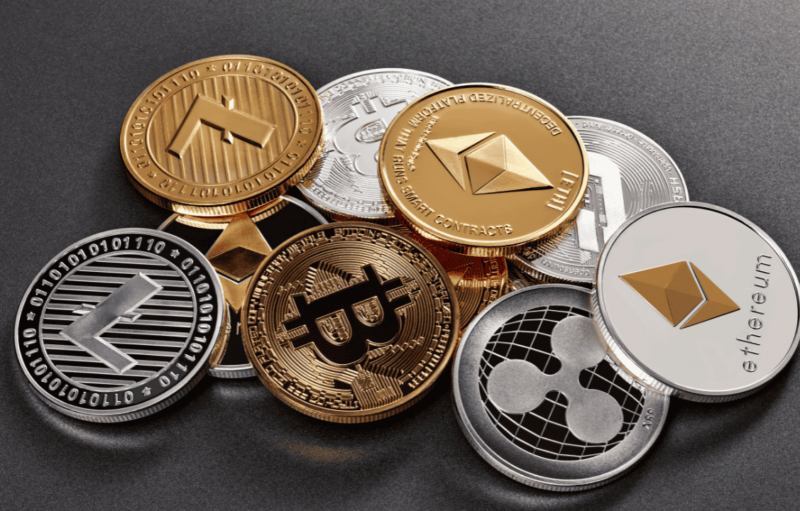An interesting graphic compiled by Deutsche Bank compares the early-stage evolution of the Internet and blockchain technology. It shows that the two have relatively similar difficult beginnings, but ultimately the former receives more mass adoption than the latter.
Internet Vs. Blockchain Adoption Rates
Nowadays, it’s hard to imagine living a normal life without constant access to the world wide web. The Internet was one of the most disruptive and ingenious creations of the 20th century.
Blockchain, on the other hand, has been touted as similarly disruptive and intelligent technology in the 21st century by many. Deutsche Bank recently published a graphic that shows how the two have started, the middle ground, and the projected future adoption. On the left, one can see the number of internet users in millions and on the right – the number of blockchain wallet users (again, in millions).

Internet&Blockchain Adoption Rates. Source: Deutsche Bank
The graphic indicates that both had a sluggish start, particularly in the first few years. It reveals that after eight years of existence, the Internet was at around 500 million users, while during the same timeframe, blockchain is at approximately 50 million. This whole 10x difference is projected along the entire graph.
The Internet also required less than 25 years to reach over four billion people around the world. Deutsche Bank’s forecast for blockchain mass adoption suggests that after a quarter of a century, it will be used by around 350 million.
Even though the Internet appears way more dominant, Changpeng Zhao recently offered a different opinion. The CEO of the largest cryptocurrency exchange by volume, Binance, said that “blockchain is going to have a bigger impact on our society than the internet.”
Difficult Beginnings
Despite the Internet’s undeniable impact on the world, it had a difficult initial period of adoption. The history books reveal that it was created somewhere in the 1960s in a widely different form of what it is today. However, it wasn’t until the late 80s and early 90s before it started gaining adoption in Europe, Australia, and eventually Asia.
But even after so many years of existence in some forms, it was expensive to use and frequently unreliable. The largest U.S. internet provider in the 90s charged $9.95/month for 5 hours of unlimited access, and every additional hour cost $2.95.
With all improvements such as the introduction of DSL, 3G, 4G, etc, the Internet became a much better version of itself in the next two decades. A recent report reveals that today’s speed is 136 faster than what it was back then. Moreover, internet access is over 90% cheaper.
How what does this have to do with blockchain? Well, simply put, the latter is at its primary stages, where the promise of its future developments and disruptions is more significant than its actual usage, at least according to some non-believers. Similarly, there’re challenges with costs and scalability that ultimately prevent it from mass adoption.
With that being said, blockchain has come a long way for its relatively short period of existence. Users can safely assume that the improvements will continue with cost reductions, more scalability, and faster transactions.
The post appeared first on CryptoPotato






